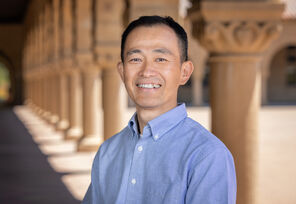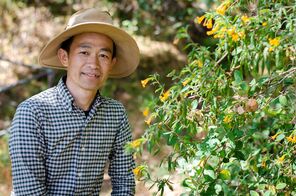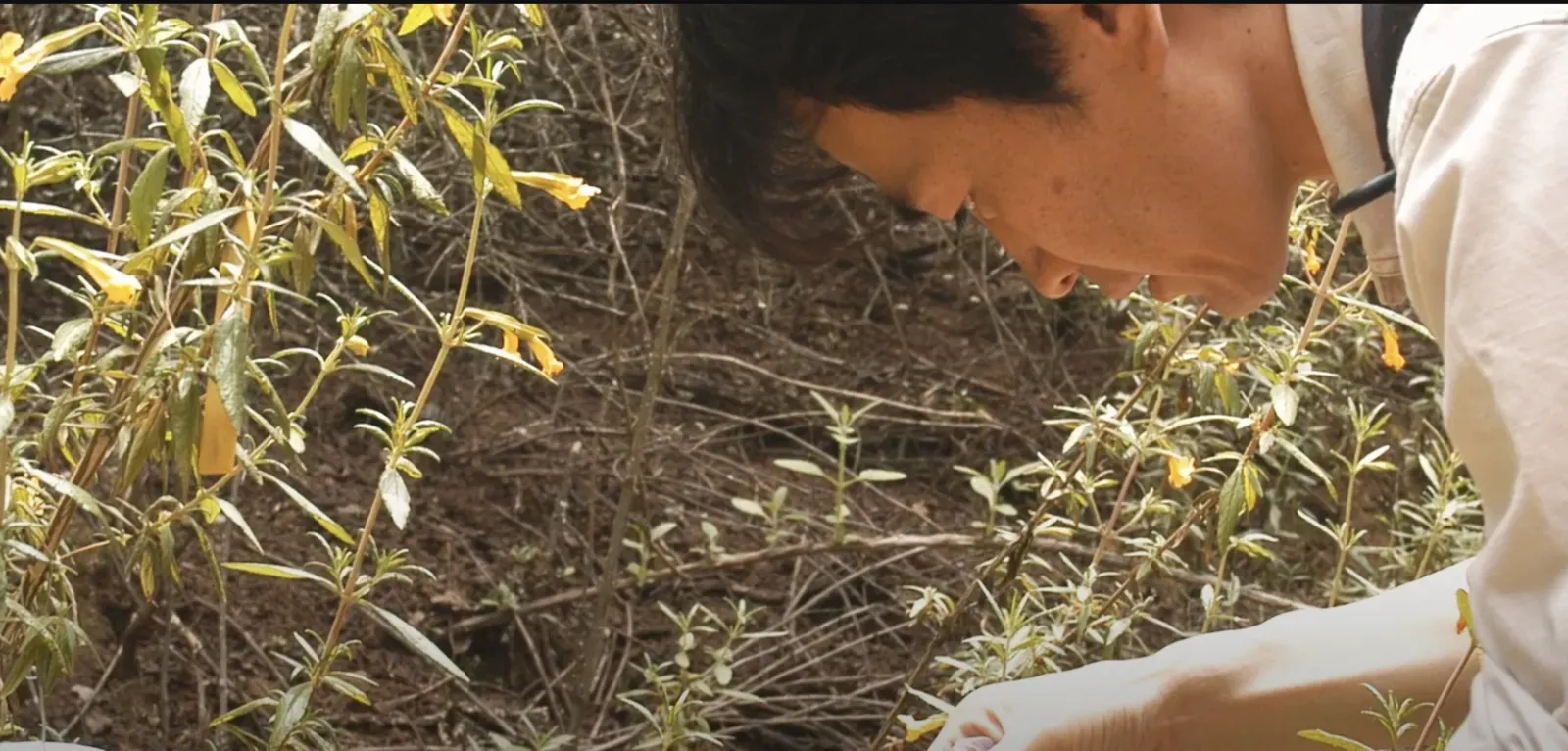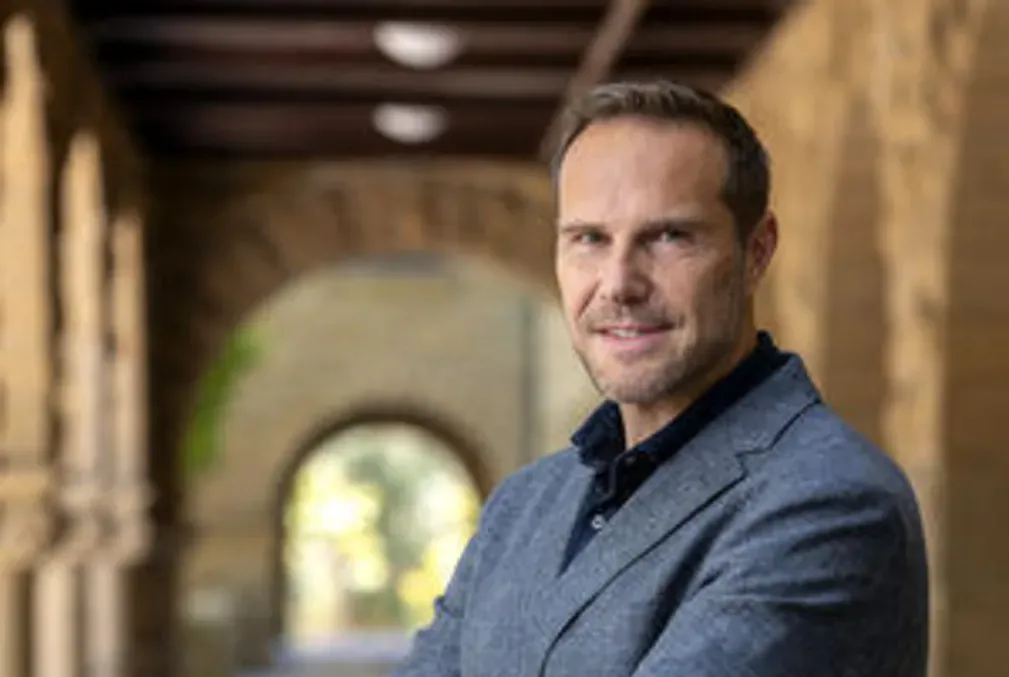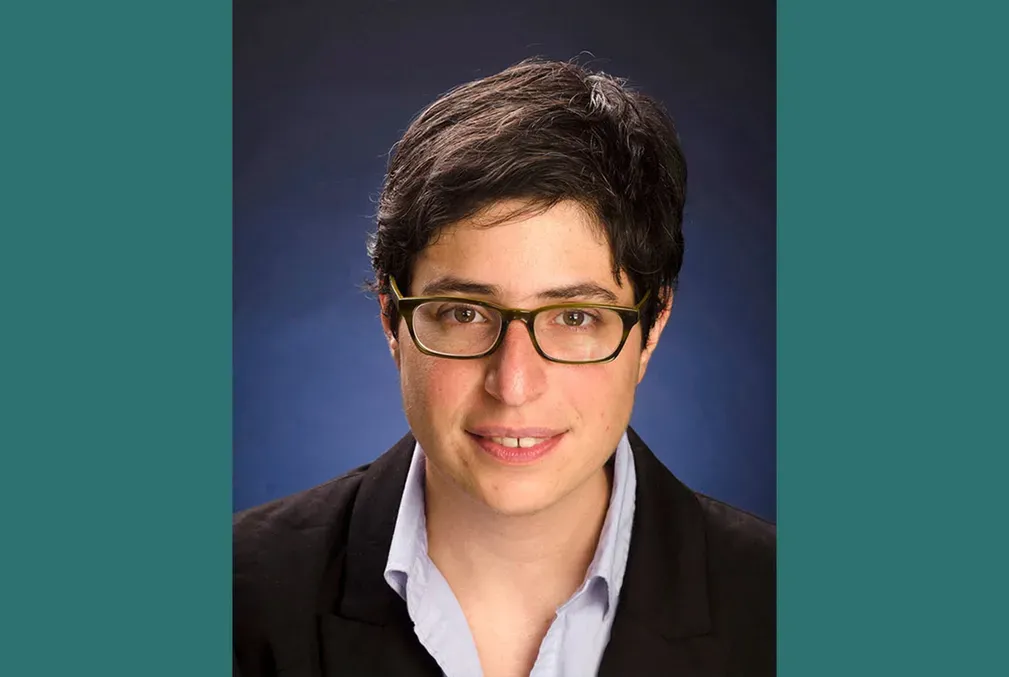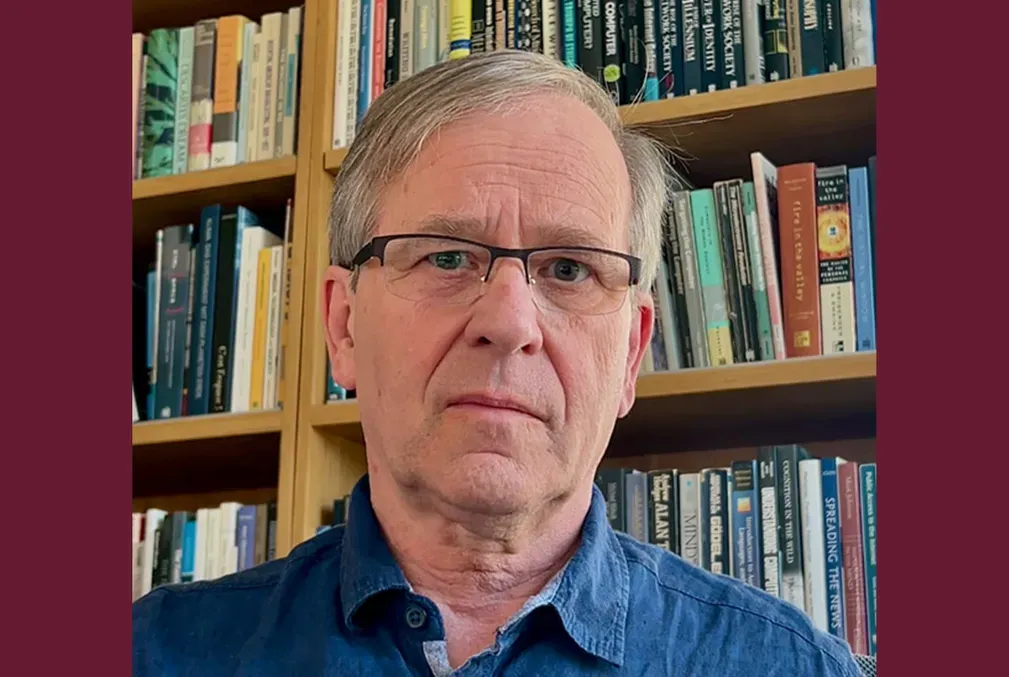Biologist Tadashi Fukami named new faculty director of Jasper Ridge
Tadashi Fukami, an ecologist known for exploring complex plant and animal communities with small-scale experiments, is the new faculty director of Jasper Ridge Biological Preserve, part of the Stanford School of Humanities and Sciences.
Tadashi “Tad” Fukami, professor of biology in the Stanford School of Humanities and Sciences and professor of Earth system science in the Stanford Doerr School of Sustainability, has been named the new faculty director of Jasper Ridge Biological Preserve. He began his term Sept. 1.
A hallmark of Fukami’s research is his use of elegantly simple, often small-scale, experiments to better understand complex species interactions, large-scale ecosystem processes, and theories of ecology. His studies focus on the effect of the order and timing of ecological events on the assembly of plants, fungi, animals, and microbes in an ecosystem (i.e., historical contingency), and how the order in which species arrive at a site influences the effect they have on one another (i.e., priority effects).
At JRBP, his studies of interactions between sticky monkey flowers, the hummingbirds and insects that pollinate them, and the colonies of microbes that live in the nectar of these flowers have both informed studies of community ecology and—via his classes—provided students with the invaluable opportunity to conduct research in the field.
Fukami earned a doctorate in ecology and evolutionary biology from the University of Tennessee, Knoxville, in 2003. He became an assistant professor at the University of Hawaii at Manoa in 2006 and joined Stanford’s faculty in 2008. Fukami has received numerous awards and honors including the Distinguished Naturalist Award from the American Society of Naturalists (2022) and the H&S Dean’s Award for Distinguished Teaching (2015). He was named a fellow of the Ecological Society of America in 2019.
“We are delighted that Tad is directing research and teaching at JRBP,” said Mary Beth Mudgett, senior associate dean for the natural sciences and professor of biology in H&S. “His dedication to hands-on learning, insights on rapid evolutionary changes that influence community composition, and commitment to engage with local experts to incorporate traditional ecological knowledge in research align with the educational and stewardship mission of the preserve. I look forward to working with Tad and the teams at JRBP to advance their mission and engage our Stanford community.”
"Jasper Ridge has a remarkable team of dedicated and talented staff members, and I am excited to join them as faculty director," Fukami said.
An eye toward the future
As the new faculty director of JRBP, Fukami succeeds Elizabeth “Liz” Hadly, the Paul S. and Billie Achilles Professor of Environmental Biology in H&S, who had served as JRBP faculty director since 2016. Hadly, also a professor of earth system science in the Doerr School of Sustainability and senior fellow at the Stanford Woods Institute for the Environment, is known for her studies of how humans impact the Earth in the geological epoch known as the Anthropocene.
“Hadly expanded the reach of Jasper Ridge both within the university and globally, guided by a community-developed strategic plan she spearheaded in her first year,” wrote Anthony Barnosky, former JRBP executive director, on its website. “She engaged numerous undergraduate, graduate, and postdoctoral students in projects that used Jasper Ridge to shed light on such diverse topics as ecological network dynamics, ecological cascades … and most recently, work highlighting JRBP as one of only 12 sites worldwide that are defining a whole new geological epoch, the Anthropocene.”
Fukami’s vision for Jasper Ridge includes building on existing research projects, expanding educational opportunities, and fostering collaboration with the local Muwekma Ohlone Tribe and Amah Mutsun Tribal Band. As part of these goals, he aims to infuse Jasper Ridge’s research with traditional ecological knowledge and make Jasper Ridge not only a place to observe nature, but also to learn how to be part of it.
"Much of the current environmental crisis has arisen because we have become too globally connected and forgotten that humans are an inseparable part of their local ecosystem," Fukami said. “To remember that, we need to turn to the local Indigenous knowledge that has been developed over many generations. We need a new way of doing research, education, and stewardship that is perhaps best described as ’two-eyed seeing’—viewing the natural world from both Western and Indigenous perspectives. I believe Jasper Ridge can facilitate this."
Uniting education and research
At Stanford, Fukami was asked to create a field biology course that includes studies of yeast. He sought the council of JRBP staff scientist Nona Chiariello, who suggested studying yeast in the sticky monkey flowers that grow at Jasper Ridge. Her insights led Fukami to make sticky monkey flowers a key part of the class and his research.
“As a scientist, Nona is the best,” Fukami said. “She is one of the reasons why Jasper Ridge is so successful.”
Fukami created Introduction to Research in Ecology and Evolutionary Biology (Biology 47), a course where undergraduates learn about the scientific process and ecological research by experiencing it at JRBP, which is part of the Department of Biology. Using Fukami’s study organisms of sticky monkey flowers, hummingbirds, and microbes, the students formulate hypotheses about species interactions and test them using field, laboratory, and statistical methods. Numerous research papers, including a paper in eLife (2022) that utilized nearly 10 years of data collected by students, have resulted from the course. The American Association for the Advancement of Science recognized the course in 2013.
Fukami’s approach toward classroom research has served as a blueprint for other courses at Stanford, including Biology 46, which follows the same structure and format but with varying focal plants, animals, fungi, and bacteria, depending on the lecturer’s study organisms. JRBP also recently launched a new internship program that provides funding for two undergraduate students.
“What I like about this work is that it is both research and education,” Fukami said. “I hope I can do my part to encourage others to follow this teaching model. People often think of classes as separate from research, and faculty often think of teaching as different from the other work that they do. Actually, you can combine them much more than you think.”
